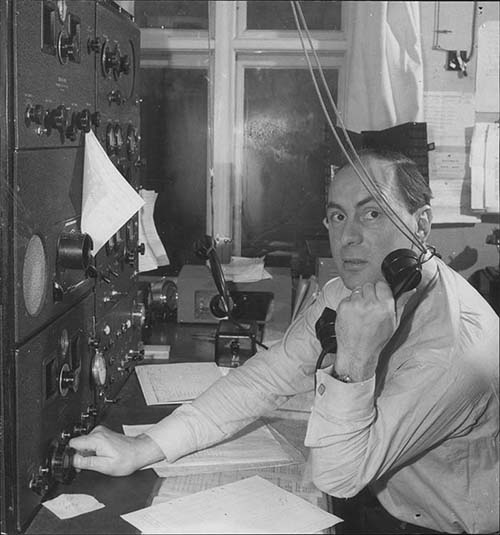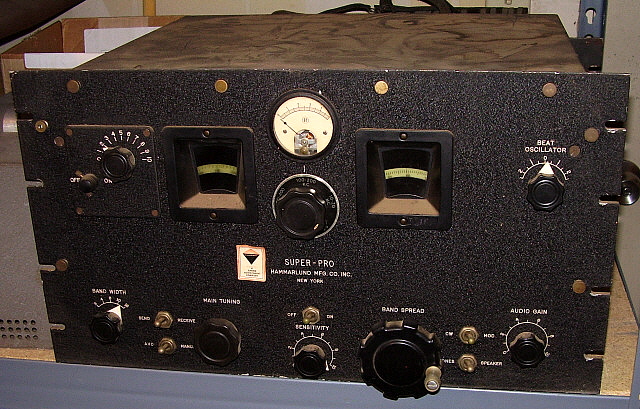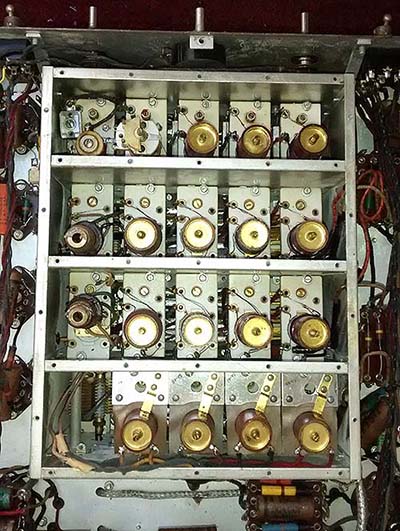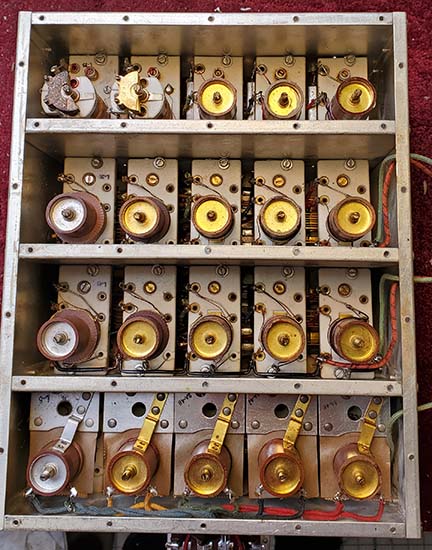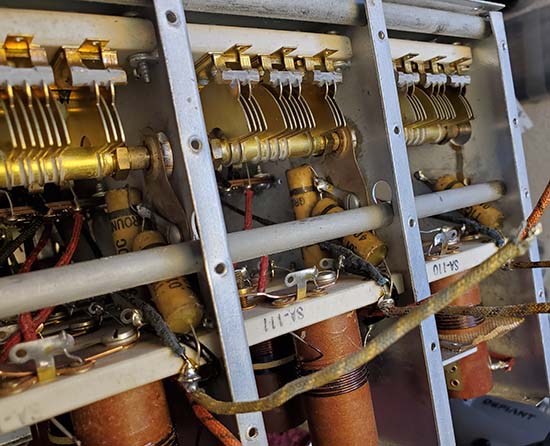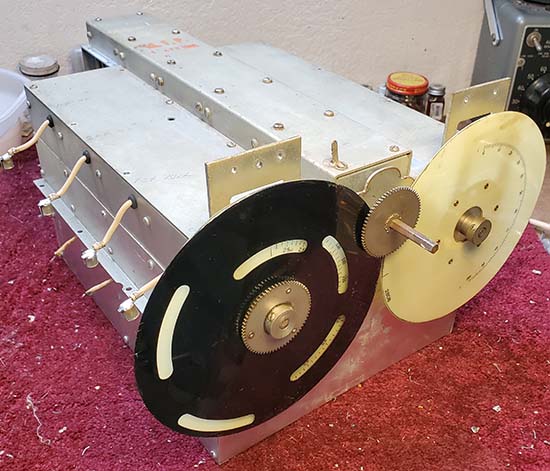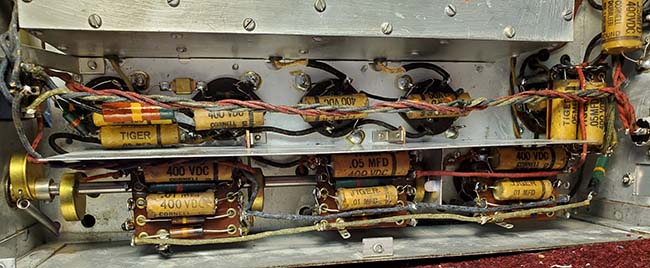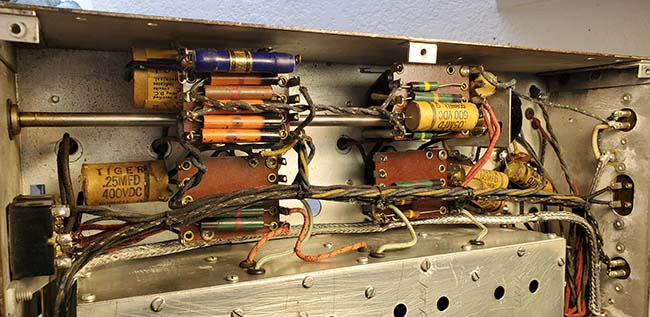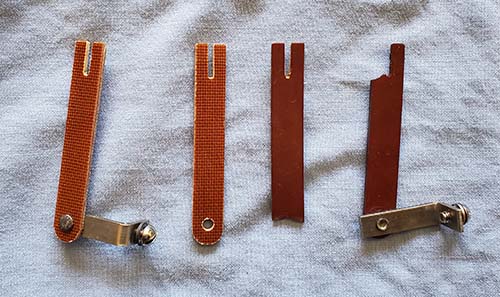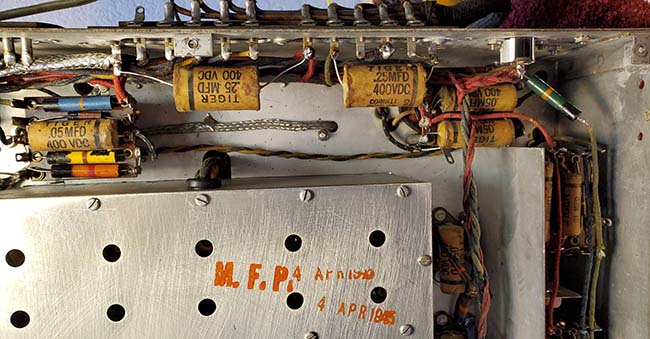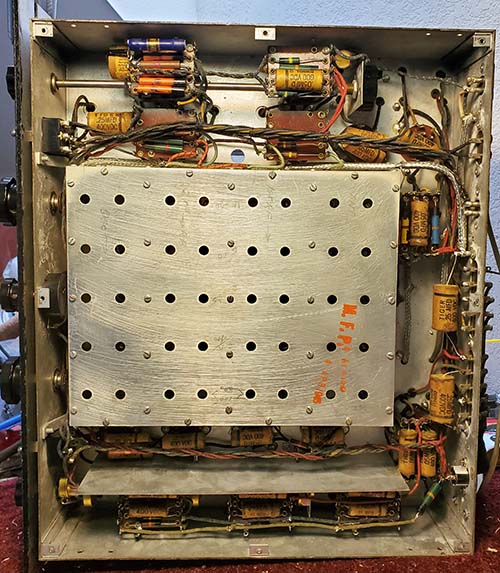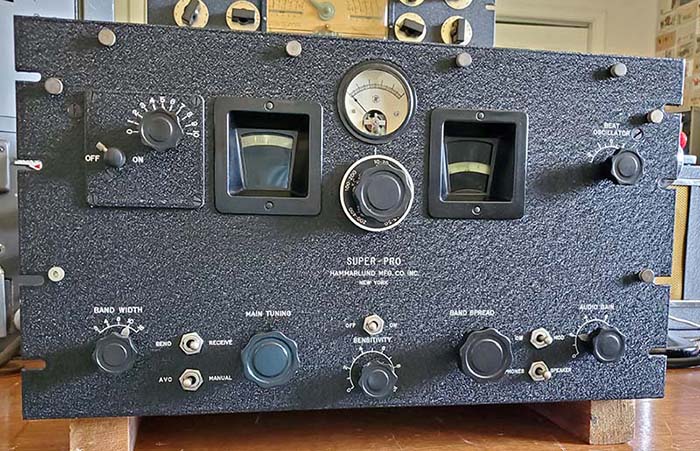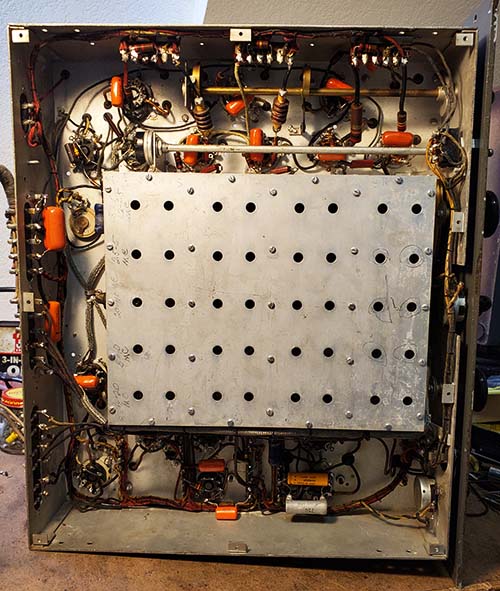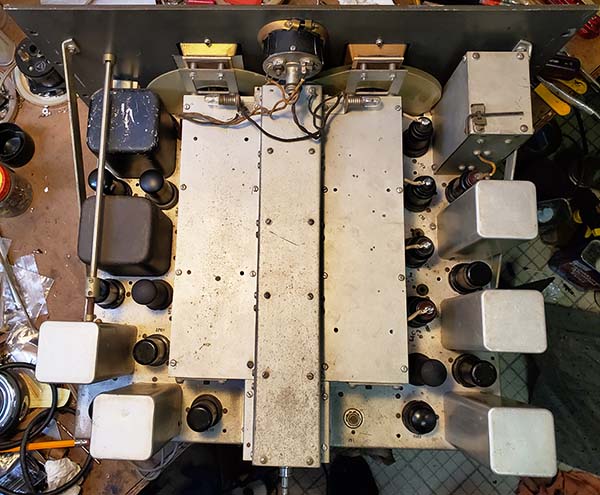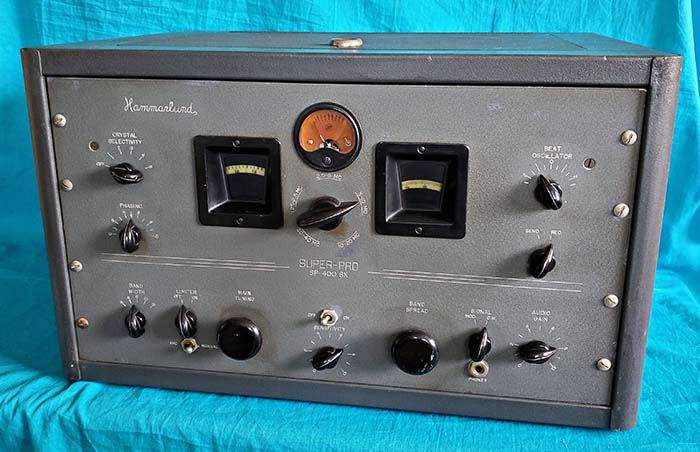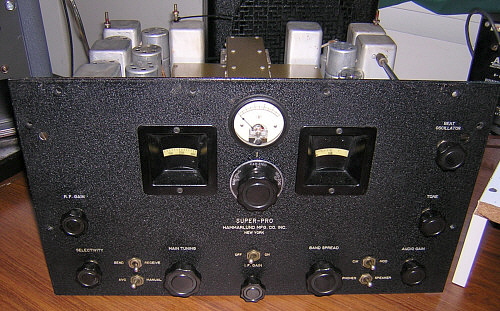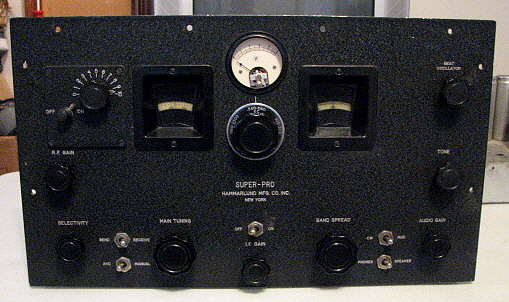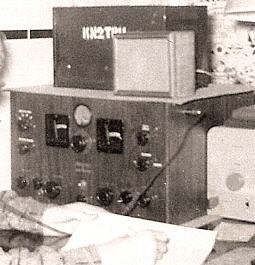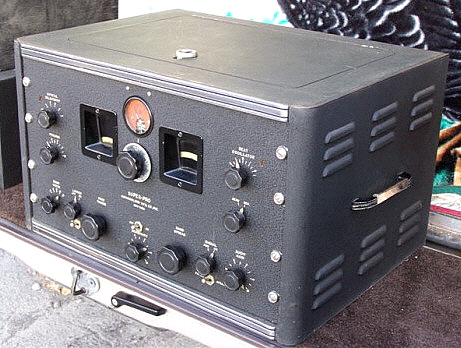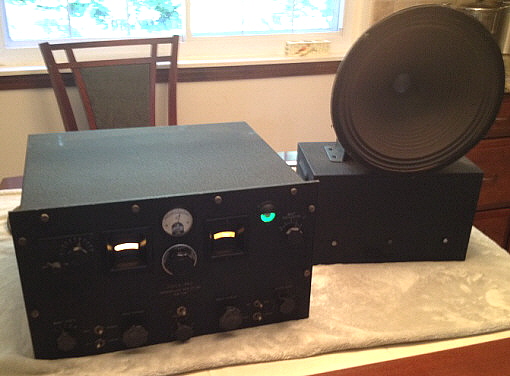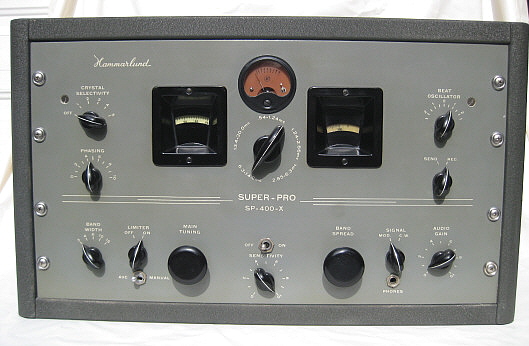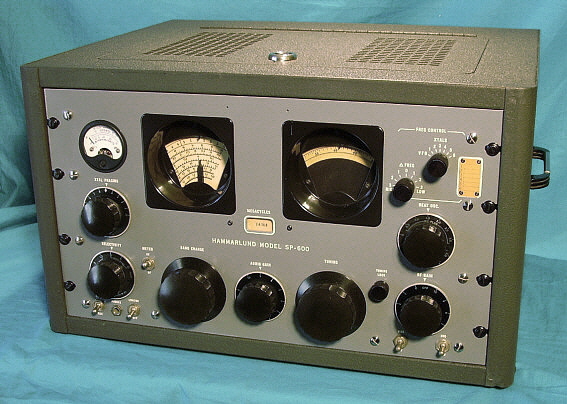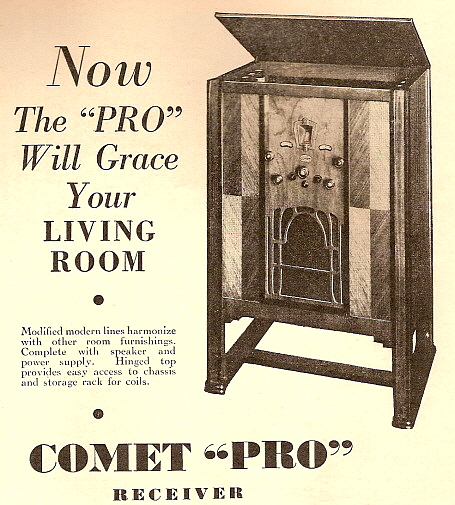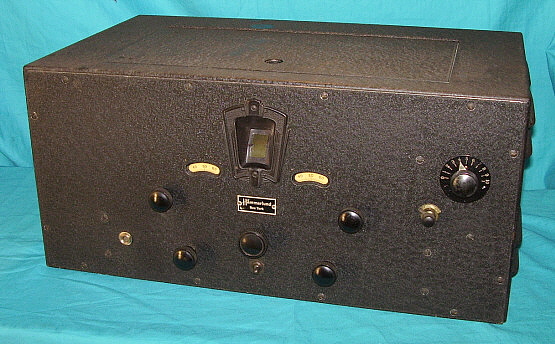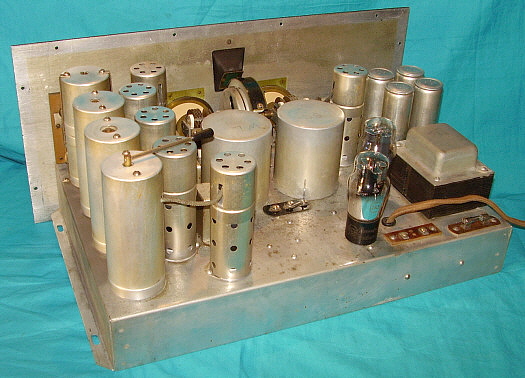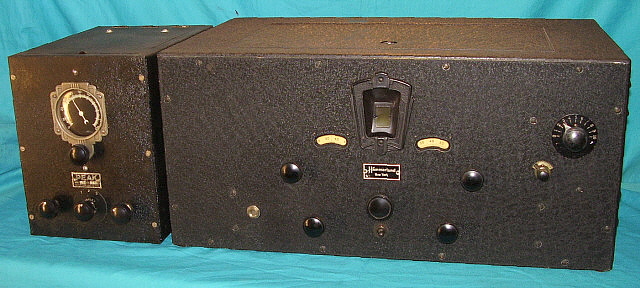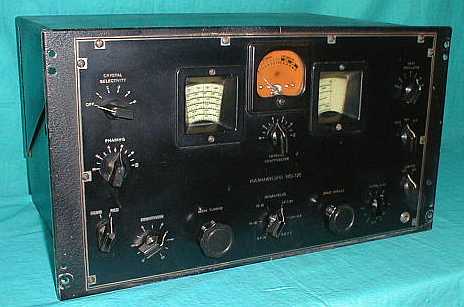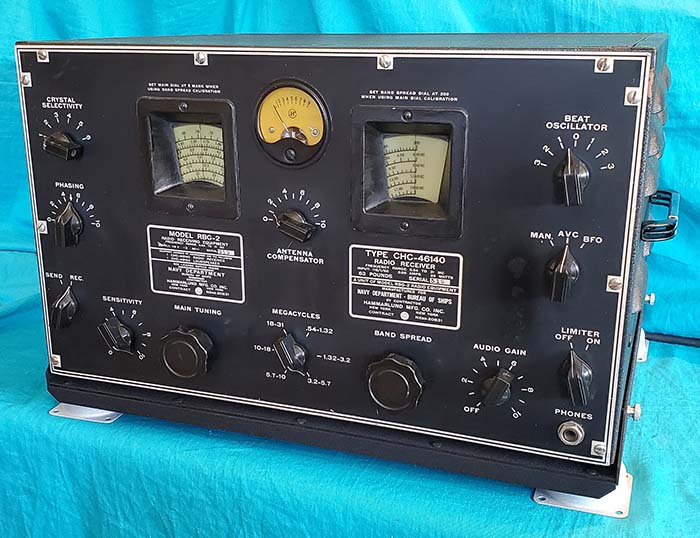| References: 1.
Hammarlund Owner's Manuals for
SP-10. SP-110L, SP-200-X and SP-400-X - These provide information on design intent
and expected performance in addition to schematics, alignment and other
information.
2. Rider's Perpetual
Troubleshooter's Manuals - Various volumes contain
information on the Comet -Pro, SP-10, SP-100 and SP-200. Many times this
is the exact same information from the owner's manuals.
3. U.S. Army Signal Corps -
TM11-866 - This Army manual contains a wealth of information
on the SP-200 series, specifically the BC-779, BC-794 and BC-1004
receivers. It also includes the various power supplies, the R-129/U
receiver and detailed circuit descriptions and drawings.
TM11-896 provided details
on the 1948 Wickes' modified BC-794 receiver.
Instruction Book for Super Pro
for Signal Corps, 1935 SPA receiver -this is the Hammarlund provided
instruction book that came with the SPA receiver. The contents are
almost identical to the later Hammarlund SP-10 manual.
4. QST - Various issues from
1936 to 1948 - Contain original ads that provide a time line
for engineering and model changes, company performance expectations,
sometimes interesting users.
5. Communications Receivers -
The Vacuum Tube Era: 1932-1981. Raymond S. Moore - The best
reference book on communications receivers, provided Hammarlund history
and general specifications on the receivers.
6. The Hammarlund Historian -
Website - Provided the Oscar Hammarlund history. The website
provides a lot of information on the SP-600 series.
7. Popular Mechanics
- December 1937 issue contains the article on the SP-100SX - shown in
its entirety above in the SP-100 section.
8. BAMA - Boat Anchor Manual
Archives - source for Hammarlund Super-Pro manuals on-line -
source of the manual for the SP-100-LX (although it's listed as SP-110L.)
9. Thanks to Todd KA1KAQ, Steve
W8TOW, John W3JN for their help and detailed information on
their Pre-war Super-Pro receivers and variations they've encountered.
10. Thanks to Steve Bringhurst
for providing info on these websites showing the foreign military Super
Pro copies, the Australian AMR-200,
http://www.royalsignals.org.uk/photos/vk4kdp.htm
and the Russian KV-M,
http://www.oldradio.cqham.ru/war/KV-M.html Thanks to Karl-Arne
Markstrom, SMŘAOM, the the information on the Swedish MRM-5/SP-100
receivers.
11. Thanks to Inland Marine
Radio History Archive for the photo of WMI in 1937. Here is
their website URL:
http://www.imradioha.org/WMI.htm
|
